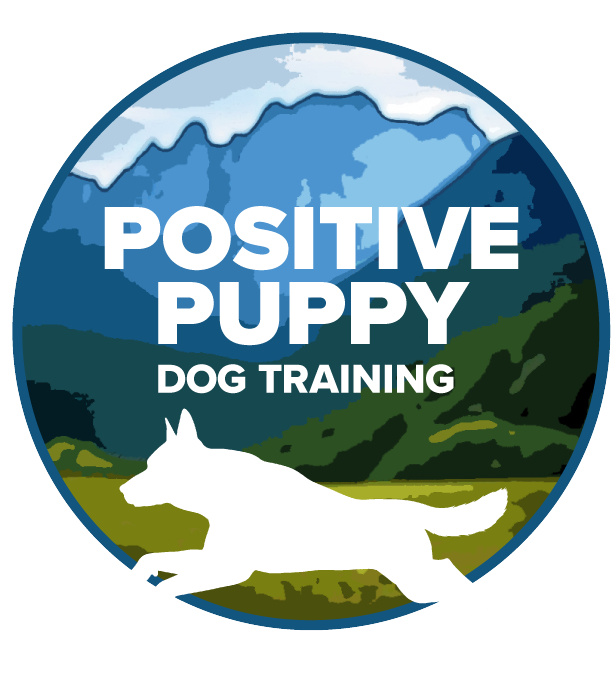Culture Conflict – Breed Differences
Understanding dog behavior is incredibly difficult and often time elusive for the average pet dog owner as well as many dog professionals. It takes years and years of observation and experience not just with dogs in general but with different breeds.
Different breeds have many different characteristics. The Labrador and Golden Retriever are generally very outgoing and friendly which makes them very easy to live with, in a community that is highly populated with dogs such as ours.
German Shepherds, the dogs I live with, can be and should be stand offish to strangers as a proper breed characteristic. On the other hand, they are intensely loyal to their person which is a very endearing quality many people adore.
The conflict comes when we, as humans expect our dogs to get along with every dog they see. When we don’t understand dog behavior and the link between breed and behavior, we tend to ask too much from our dogs in terms of social interactions. A dog is not just a dog and not all behaviors fit every breed.
Just what does that mean? Breeds were developed over hundreds of years for specific activities and behavior personality traits. Livestock guardians like the Akbash or the Pyrenees were bred to be protective of their flock. They do not herd, they protect. Asking a Pyrenees to be social with every dog when his instinct is to protect his flock and defend his flock from wolves, can create enormous conflict with unknown dogs that approach him. Special attention needs to be paid to what the parents were like – where they range dogs that practiced protection frequently, or from stock that was more socialized in a more urban environment? Did the dog as a puppy have a lot of positive interactions with other breeds? Expecting a livestock guardian to reject his instincts can be very difficult, but it can be influenced by knowledgeable owners that start early with exposure to other breeds.
When I see the reactions of my dogs to dogs of a pushier nature, such as the Labradors and Goldens that have no personal boundaries and insist upon invading the personal space of almost any herding breed, there is bound to be conflict. Herding breeds use their personal space to move livestock. Hunting breeds simply do not understand that and often invade a herding dog’s personal space. Thus, a conflict begins with verbal clashes that can erupt into physical clashes.
“Leave me alone! Get AWAY from me!” screams the herding dog to the hunting dog. We, humans, then cast the term of “dog aggressive” toward the herding dog when in fact the conflict began with the invasion of that personal space by the hunting dog breed.
Owning a dog has a responsibility to understand the breed characteristics of your dog. Even owning a mixed breed means understanding what those mixes are and the behaviors associated with that breed. We dog owners need to be cognoscente of a dog’s needs based on instinct and be respectful of that. We need to be protective of our dogs and NOT put them in situations where they are enormously uncomfortable. There is nothing worse in our own lives than to be forced to do something we are extremely uncomfortable with. Being aware of that for our dogs is just as important.
Caption: Kalidor was exposed in a controlled, but safe environment to every different breed I could find early in his life. Here, one of his best friends is a poodle!

